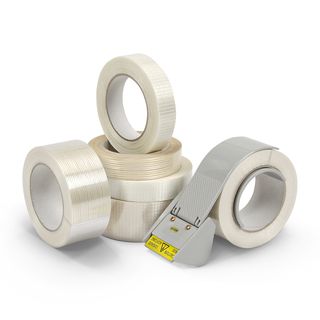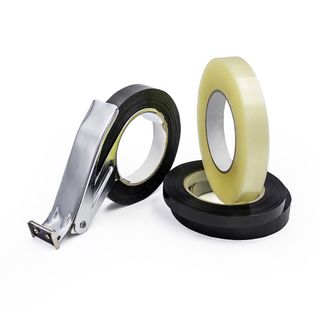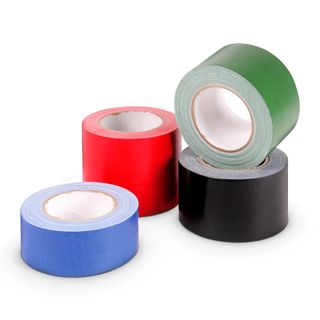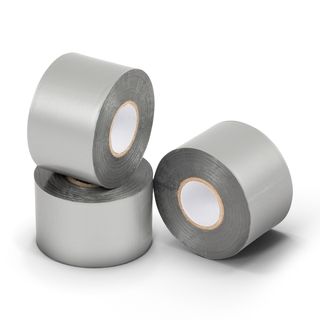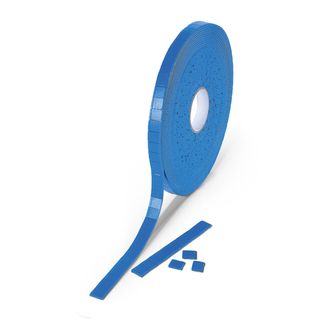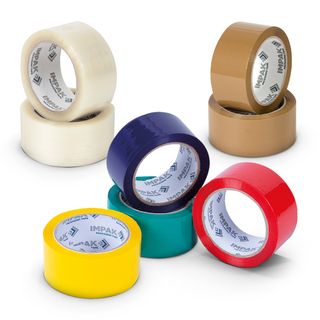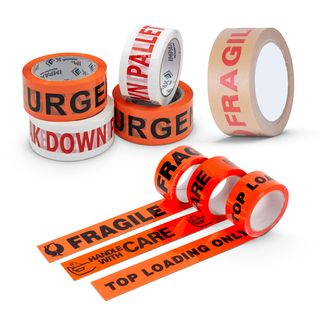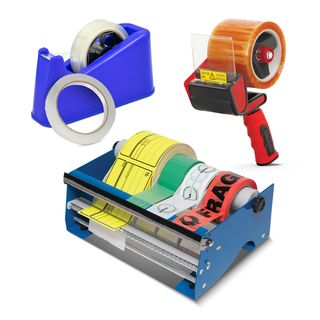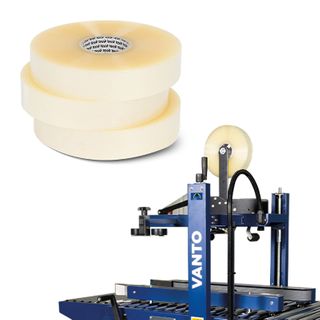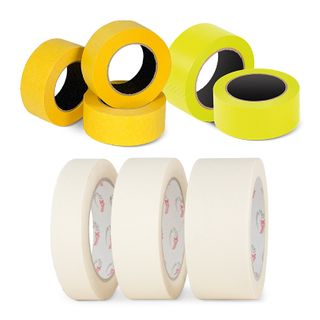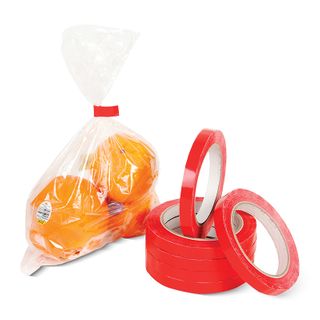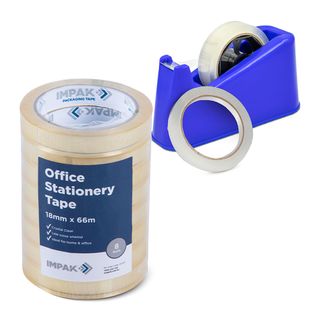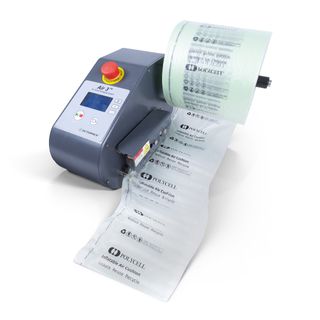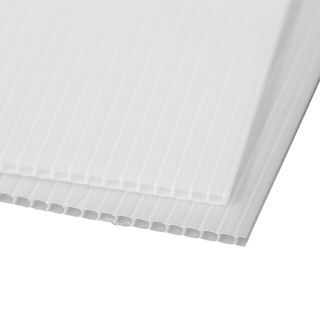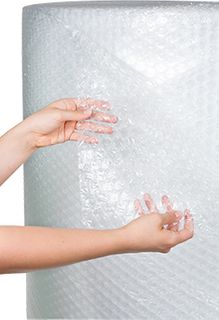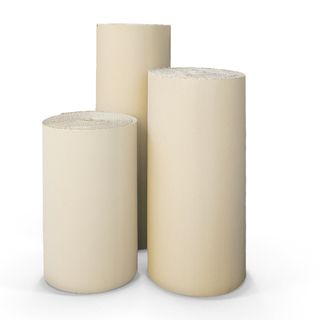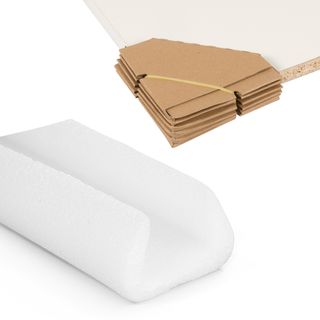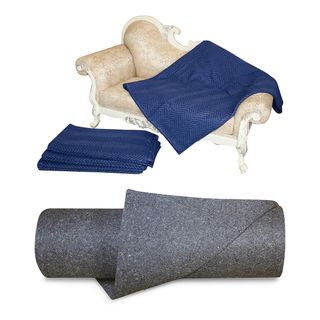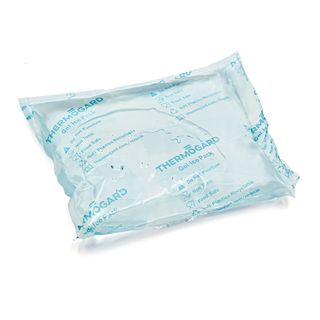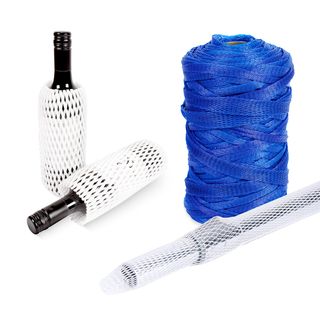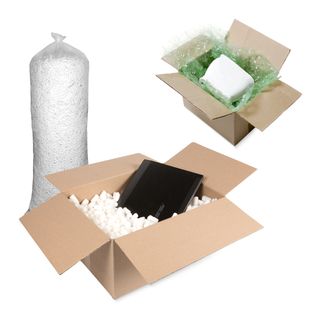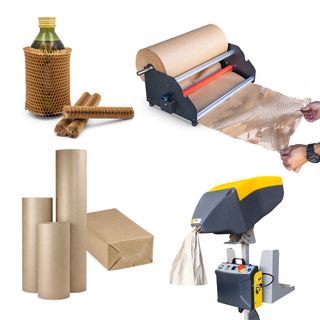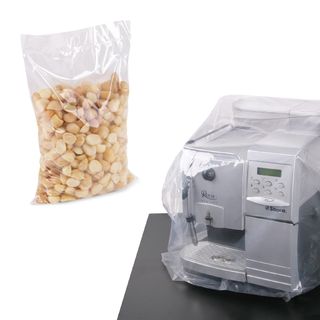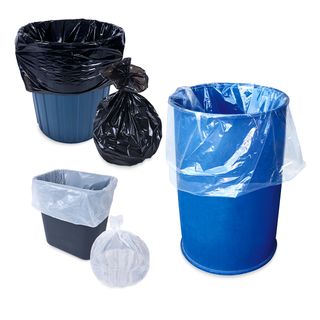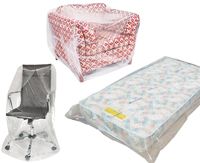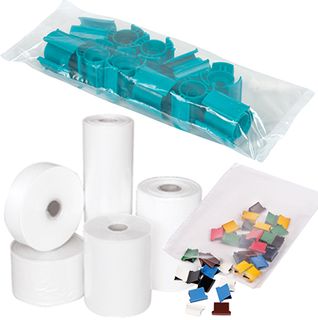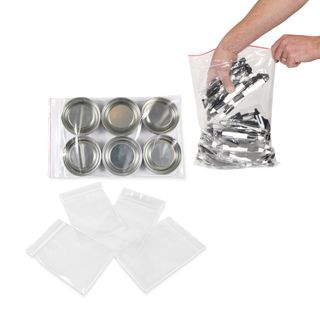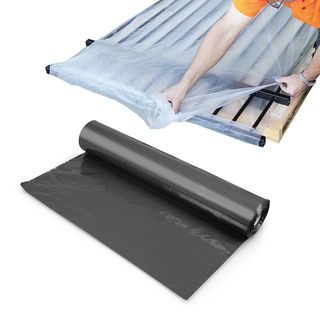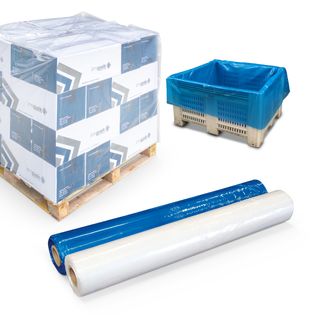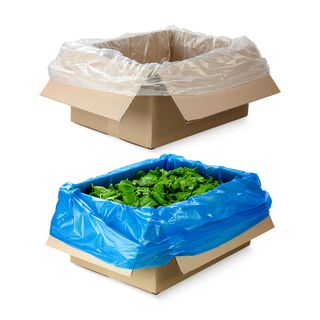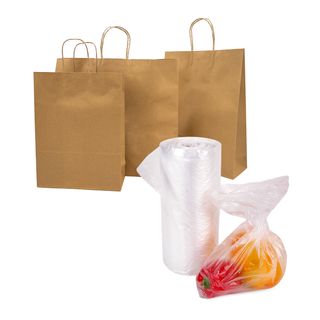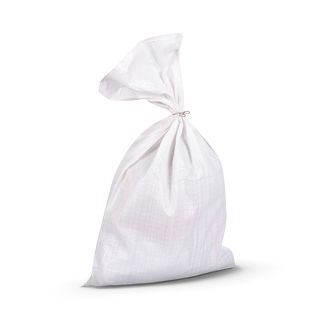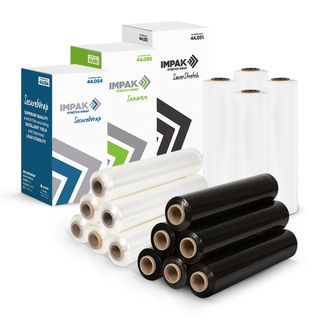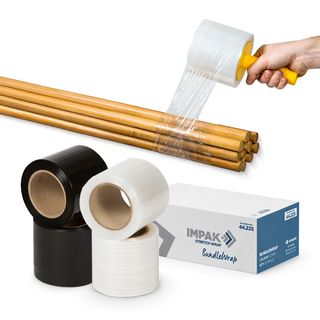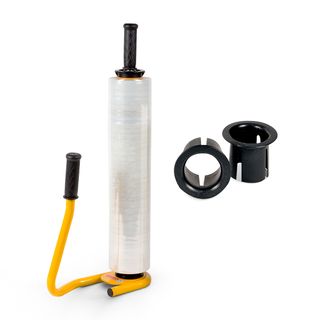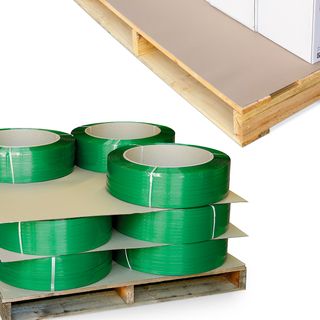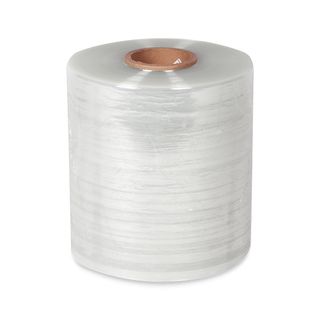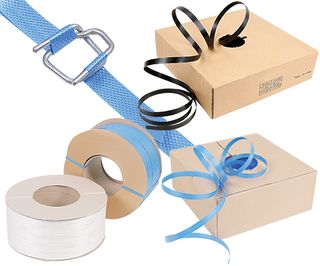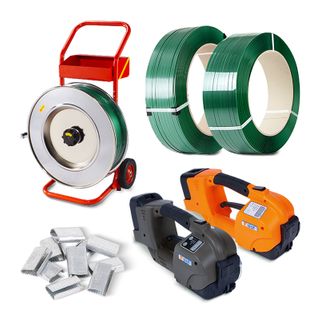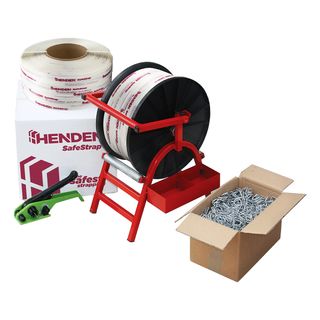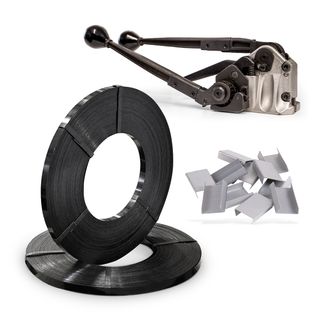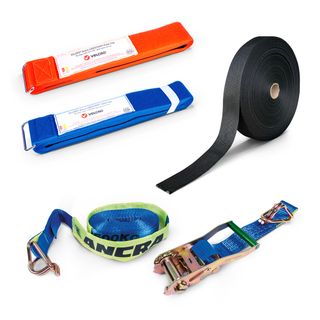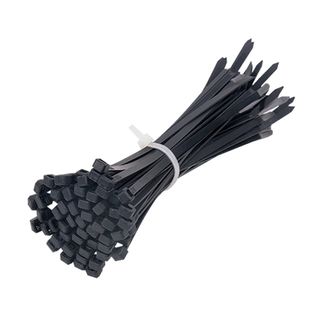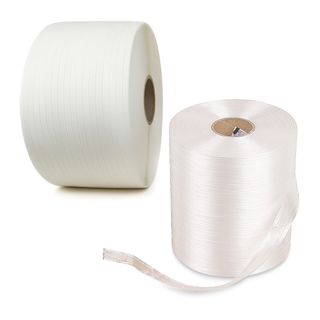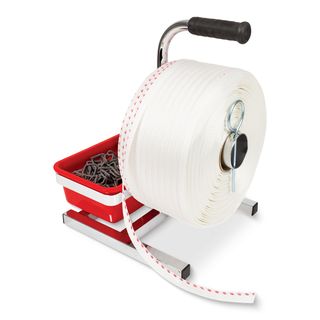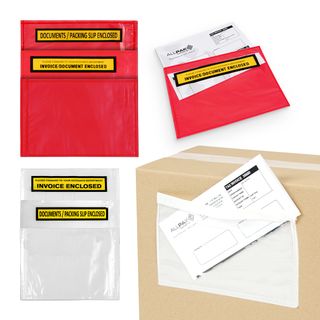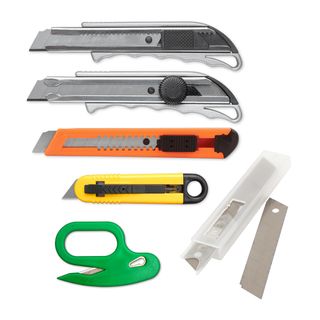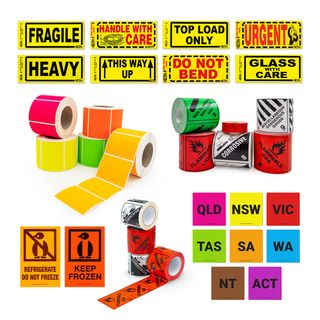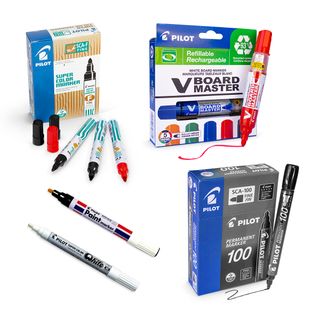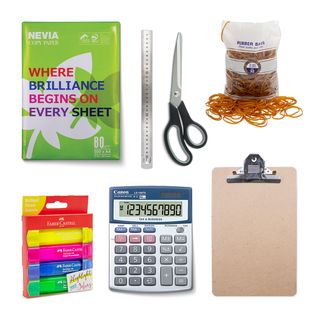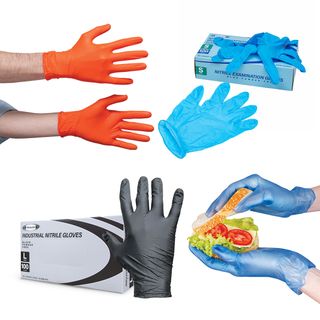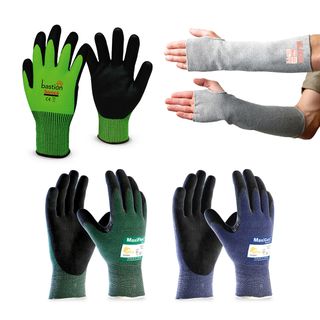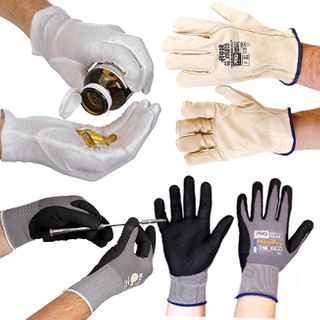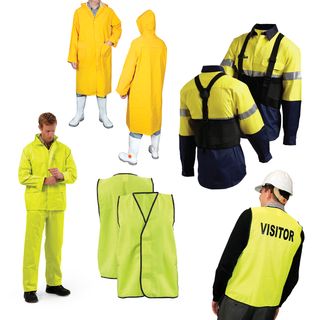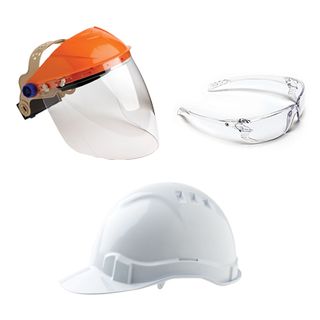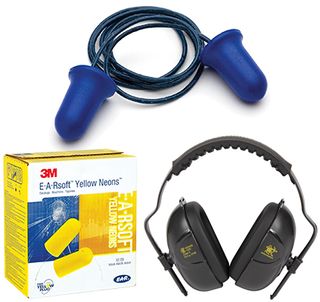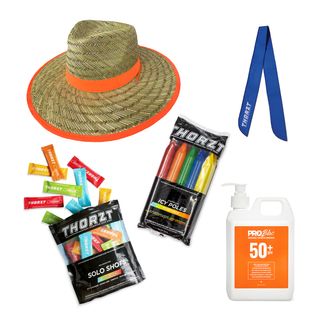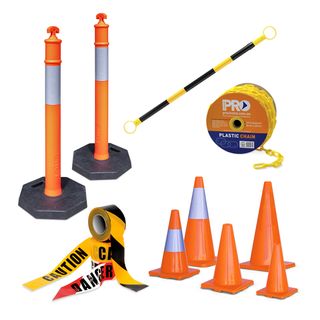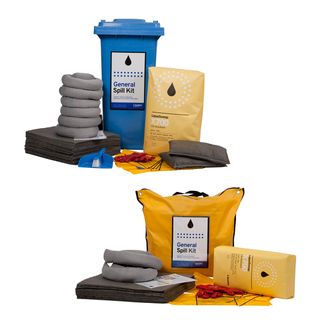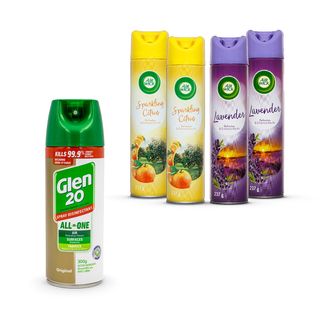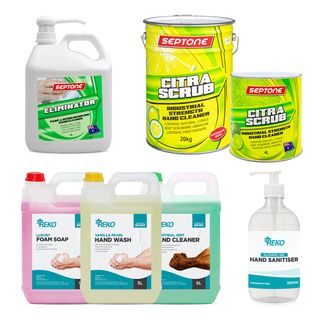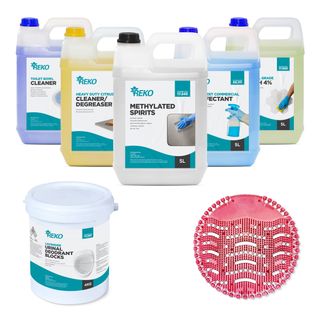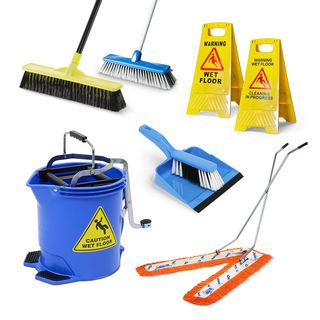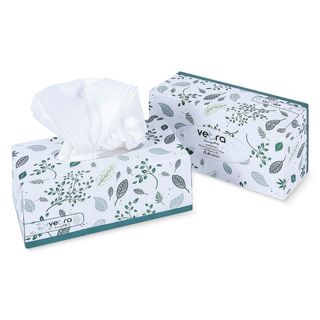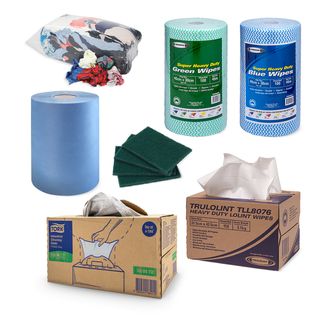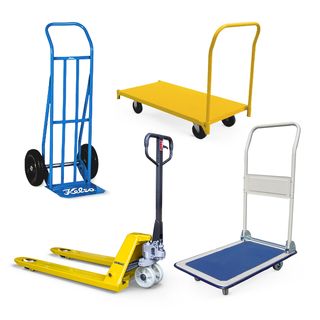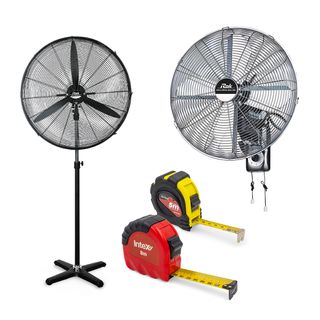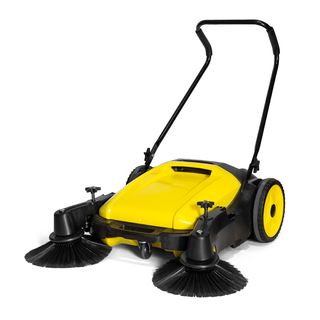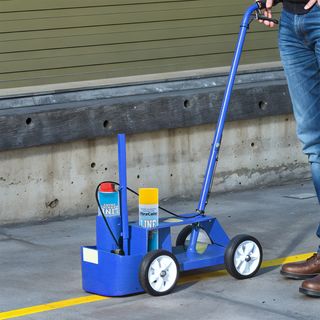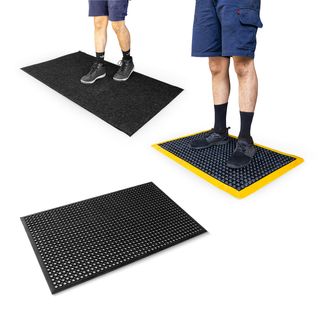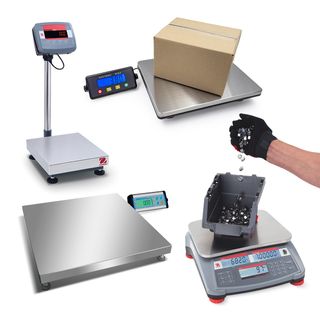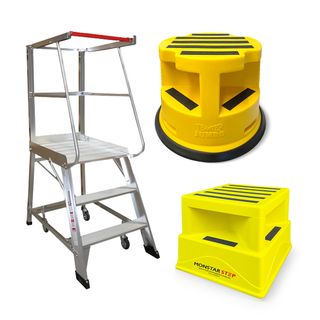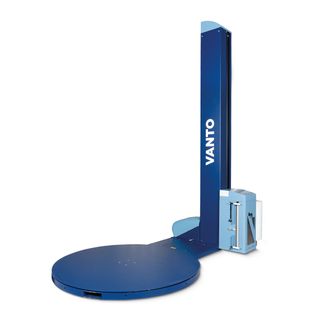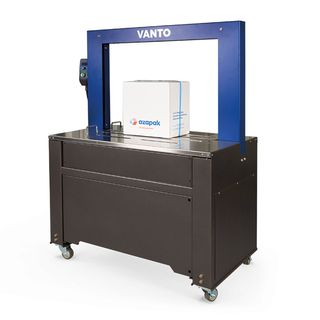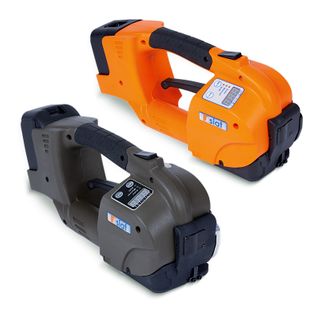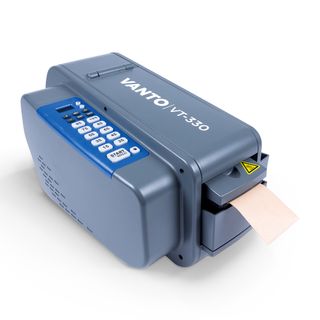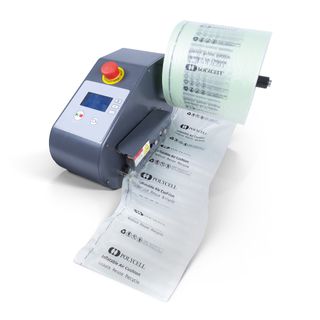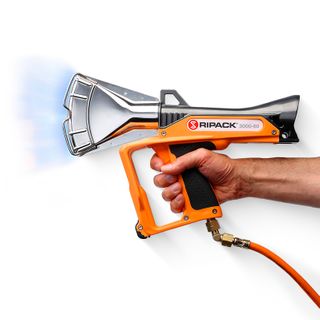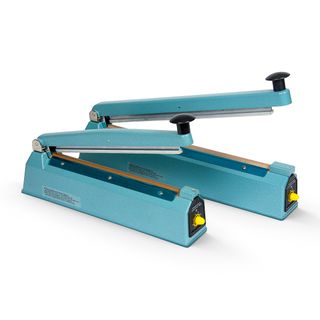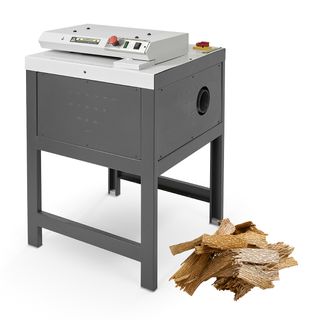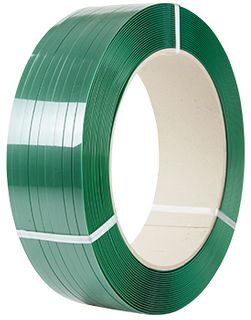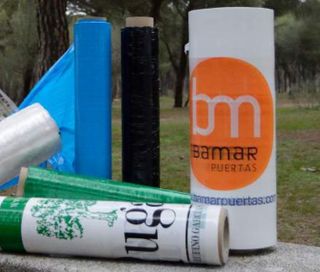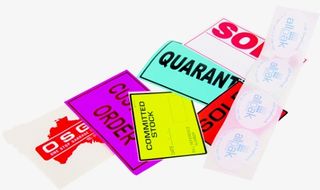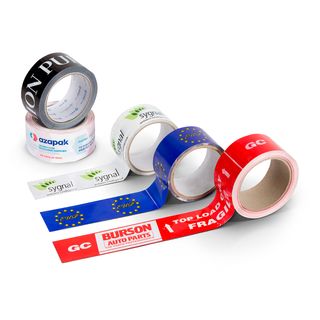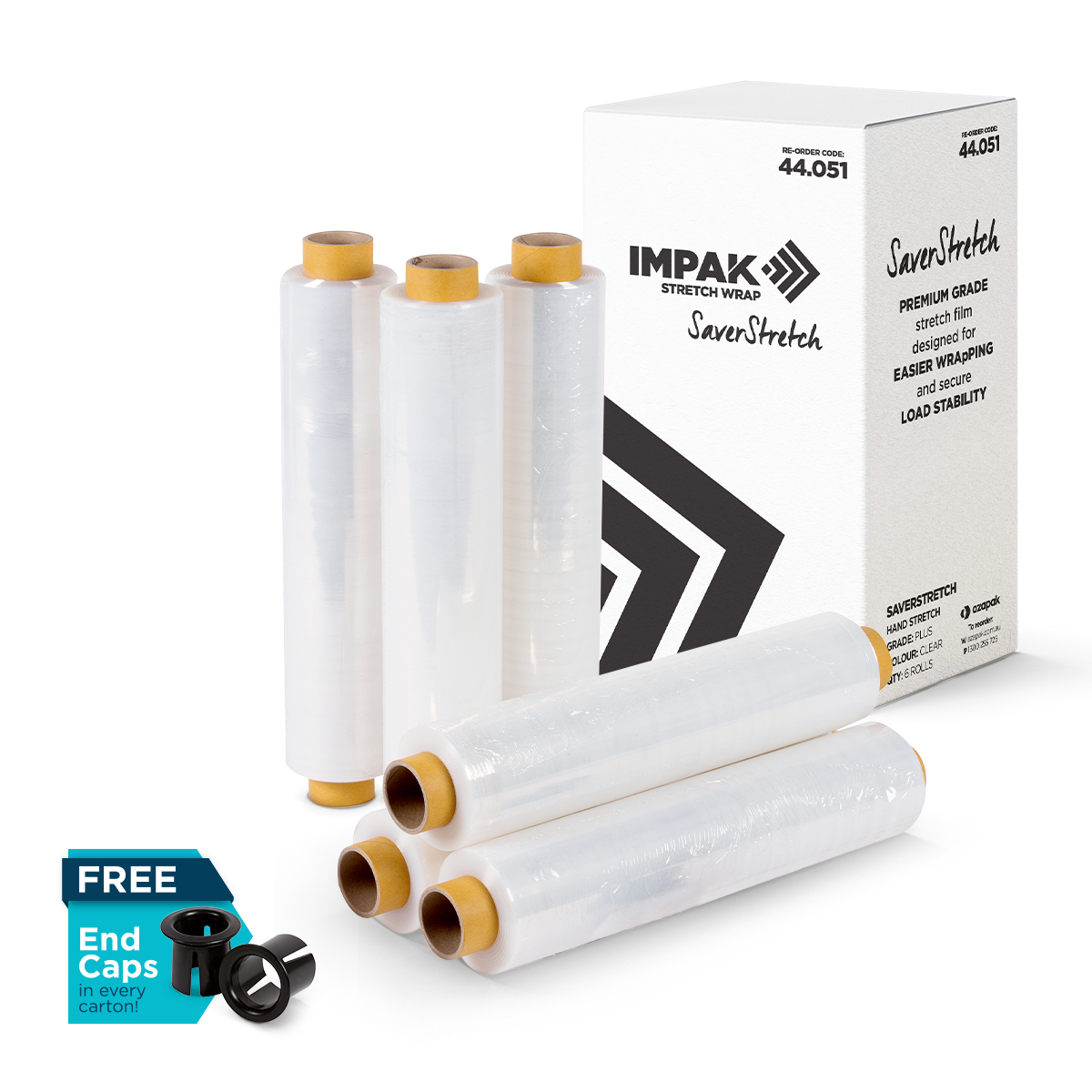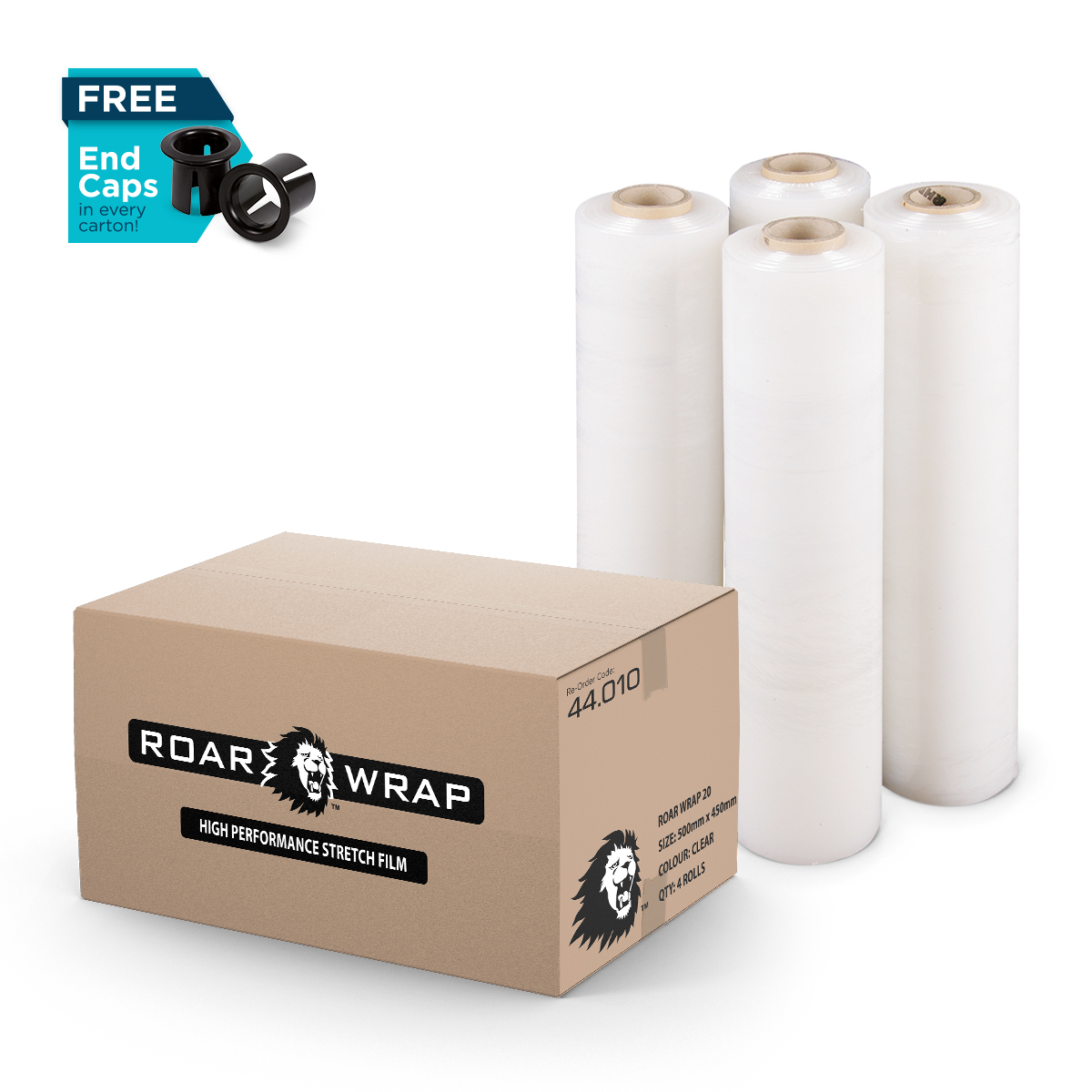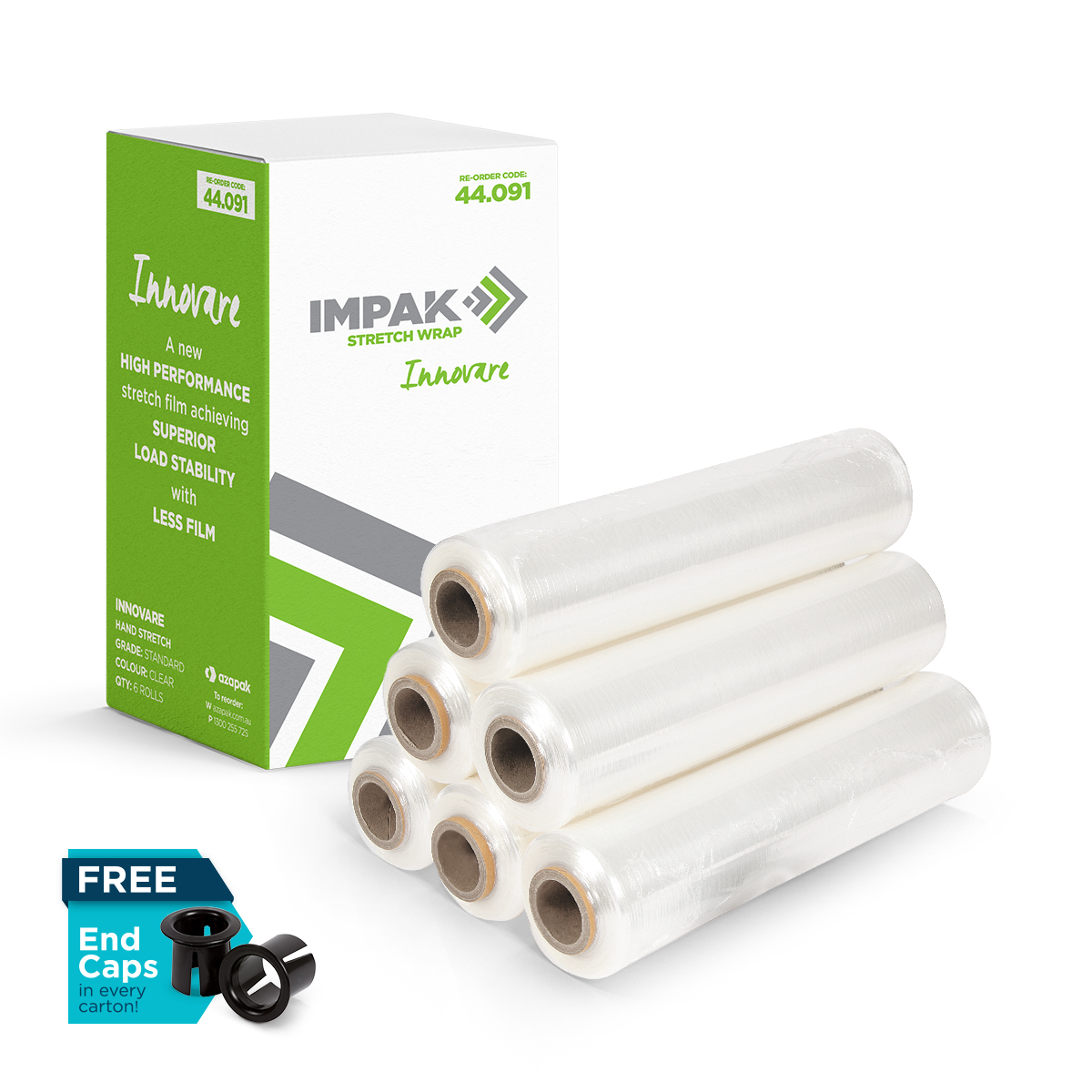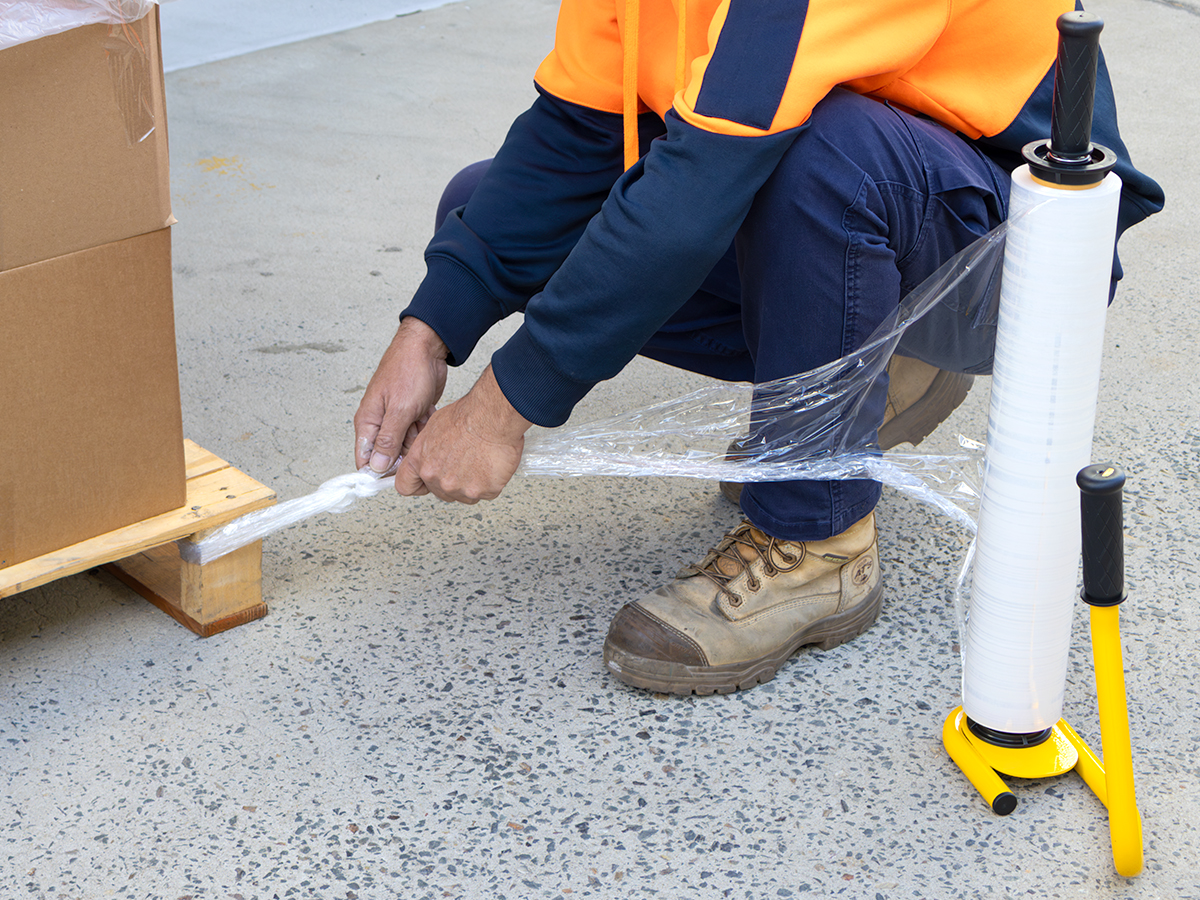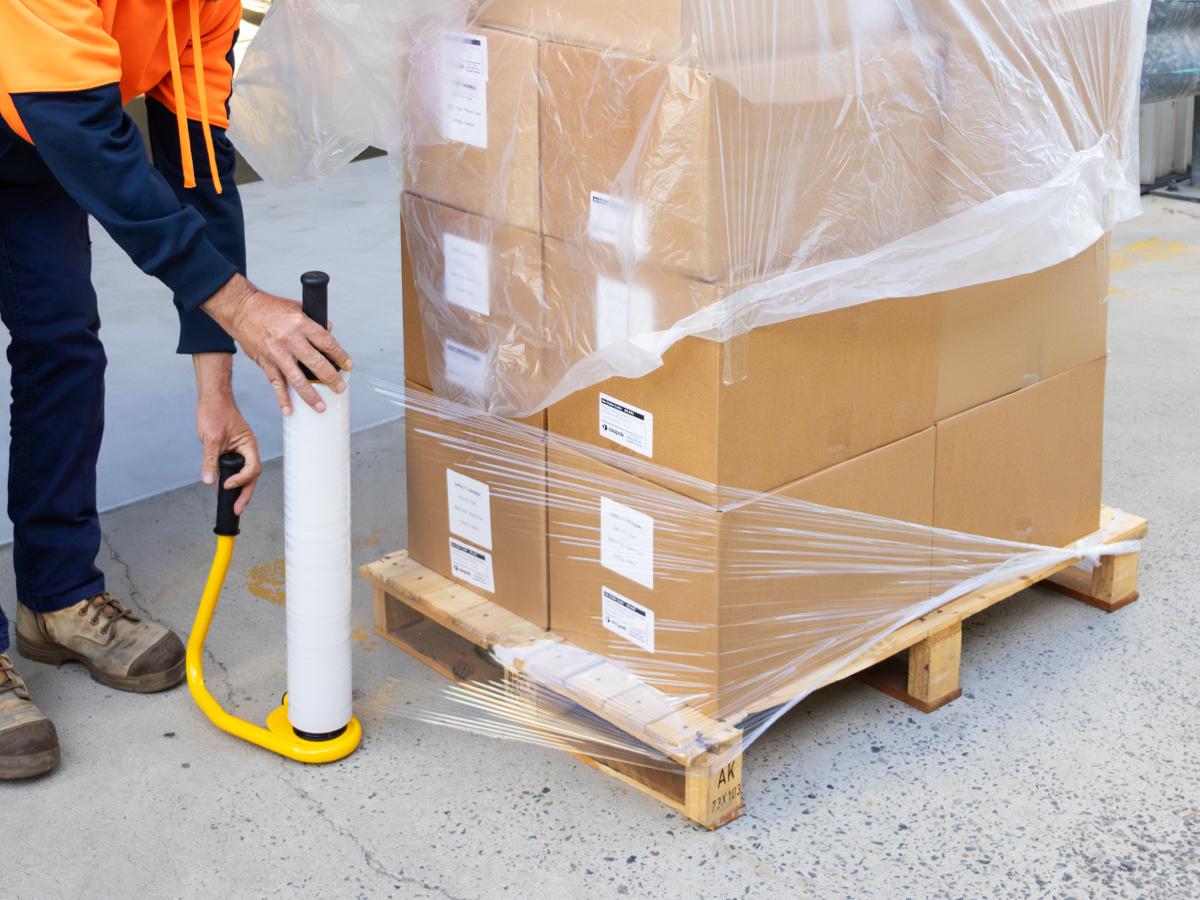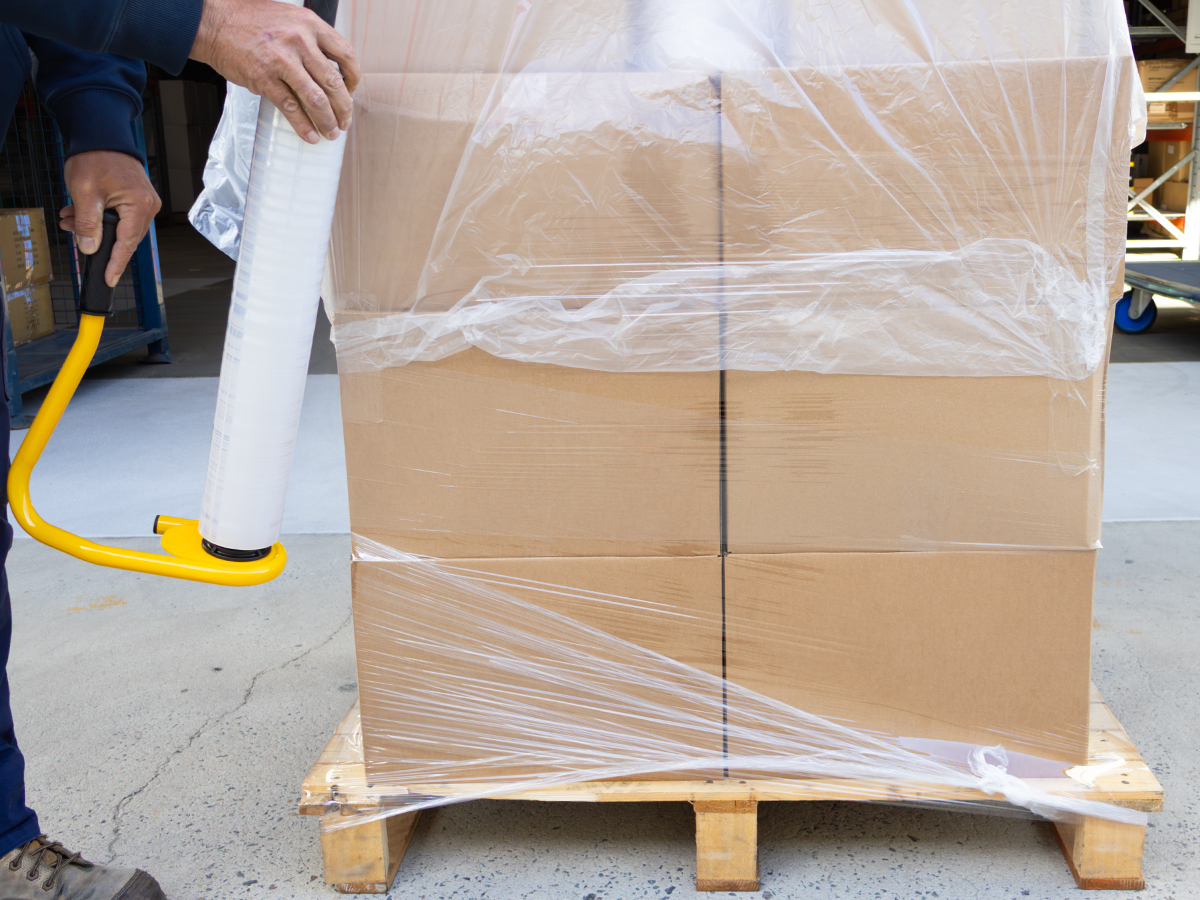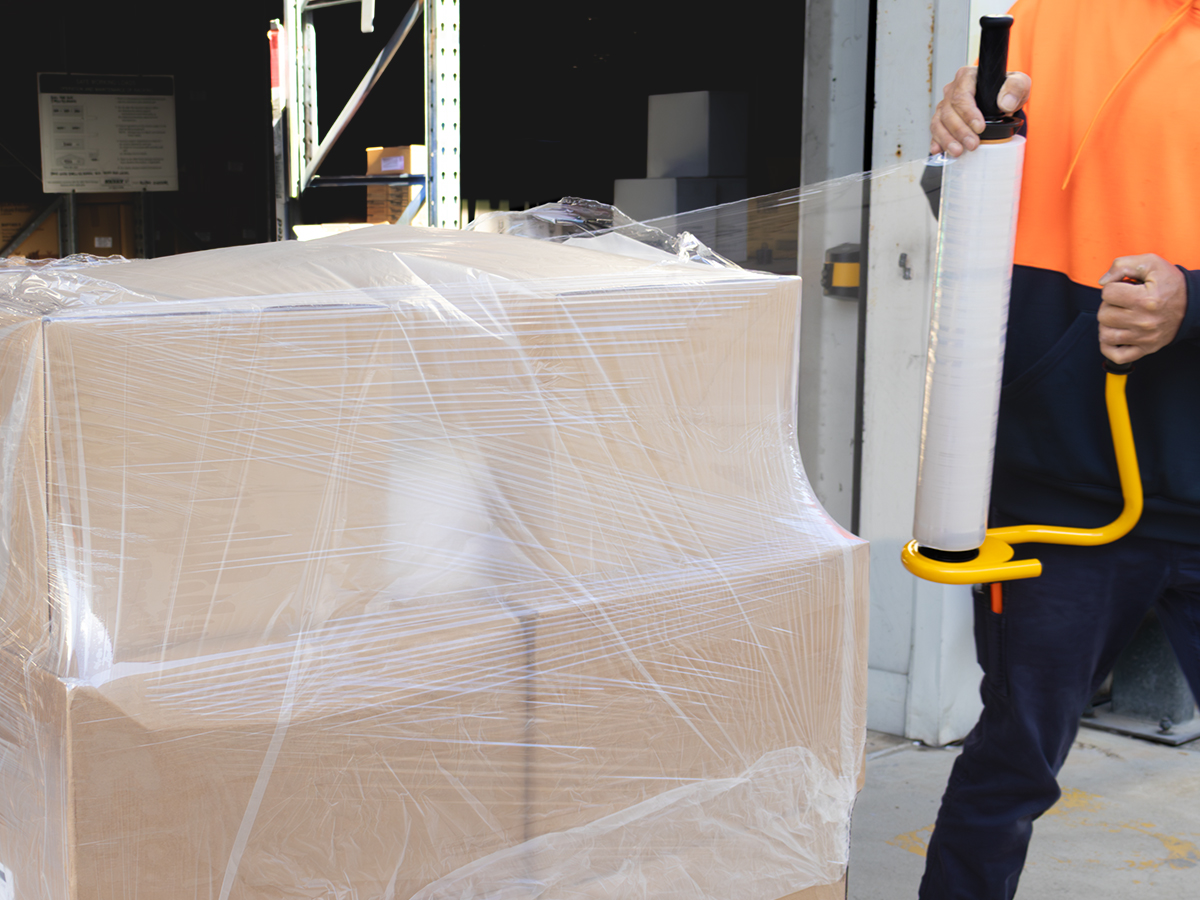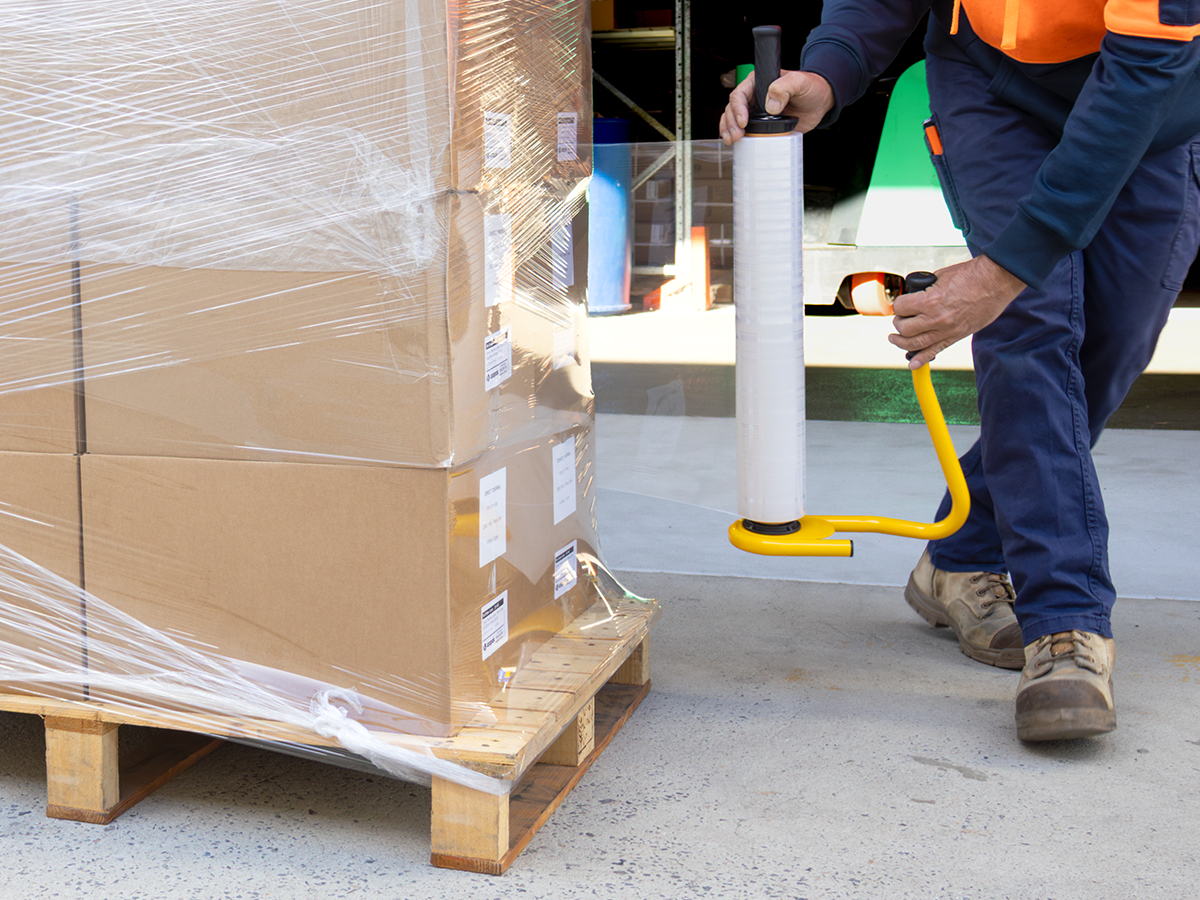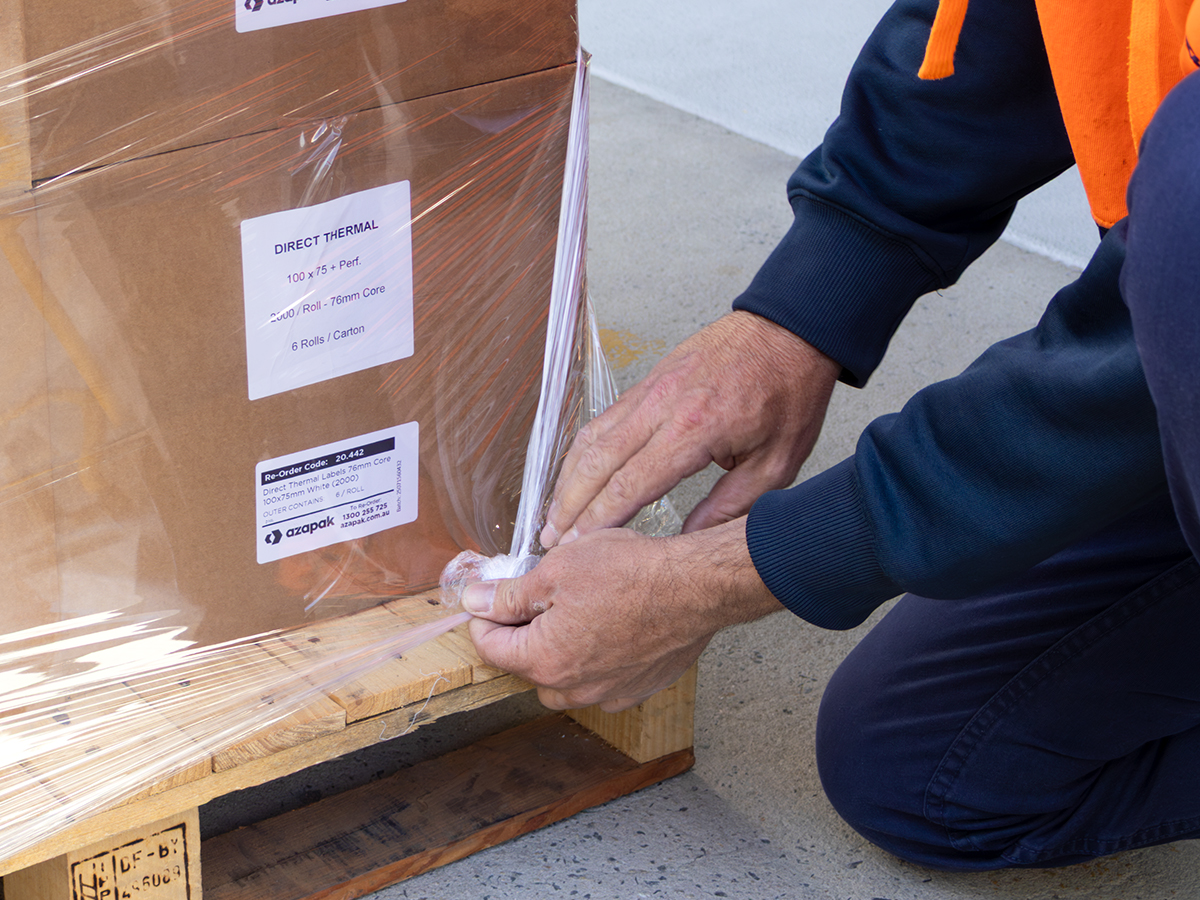How to Wrap a Pallet by Hand
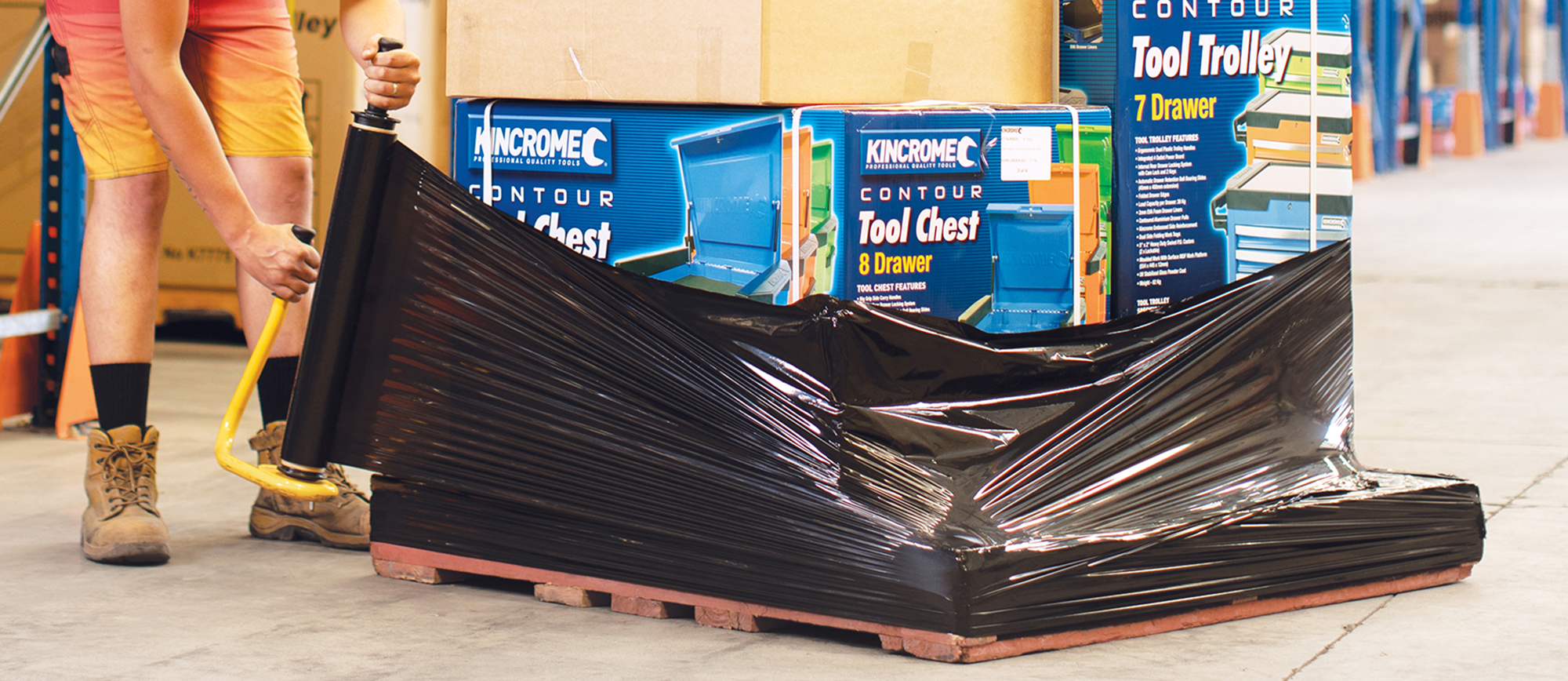
About half of all damage to palletised stock is the result of improper wrapping. That’s why it’s critical to know the fundamentals of effective pallet wrapping, especially when you’re wrapping pallets manually.
The Dangers of Ineffective Pallet Wrapping
Pallet loads are exposed to a world of risk as they move through your warehouse and beyond. Some of the most common risks include being bumped into shelves and movement around the back of a delivery truck, to damage from moisture and other contaminants. Proper pallet wrapping ensures load stability and creates a water and dust-resistant layer, minimising risk of cargo damage and associated costs – both financial and reputational.
Wrapping Pallets Without a Pallet Wrapping Machine
For smaller businesses wrapping up to 10 pallets per day, hand wrapping is a practical and cost-effective solution that doesn’t require automated machinery. It offers flexibility for lower-volume operations and helps maintain productivity without the need for complex equipment.
Larger operations often rely on pallet wrapping machines, but it's still wise to keep a few rolls of hand wrap around as a back up. It’s ideal for occasional use or small/irregular loads that don’t suit machine wrapping. Plus, if your machine goes offline or needs servicing, knowing how to wrap a pallet by hand is essential for keeping operations on track.
Pick the Right Materials and Tools for the Job
Before you start wrapping, make sure you’ve got the right packaging supplies for the task as the first order of business. Azapak offers several options of cling wrap and other accessories that make the job easy and effective.
Already have the gear and just want a walk-through on how to wrap your pallet?
Skip ahead to our step-by-step instructions.
Choosing the Right Pallet Wrap for Your Load
Not all shrink wrap is created equal. It’s important to consider the nature of the goods you’re wrapping and other factors, including:
- Colour and transparency qualities
- Film gauge (thickness) and strength
- Self-adhesive (cling) properties
- Breathability (important for food and produce)
Let’s explore these in more depth.
Cast vs Blown Stretch Wrap
There are two main categories of stretch wrap:
Cast Stretch WrapCast film refers to stretch wrap manufactured by extruding melted resin through a flat die and cooling it quickly. Attributes:
Check out our IMPAK Saver Stretch Clear Cast Hand Pallet Wrap as a great budget-friendly cast stretch wrap option. |
Blown Stretch WrapManufactured by extruding melted resin through a circular die to form a bubble. It is then flattened and cooled, resulting in a thicker product with high tack and durability. Attributes:
Wrapping a heavy or challenging pallet load? Check out our ROAR WRAP Blown Clear Stretch Wrap for a strong solution that sticks. |
Coloured or Clear Pallet Wrap
- Clear Pallet Wrap: Like kitchen cling film, pallet wrap is often see-through. Clear film is also known as natural pallet wrap. It’s perfect for when stock visibility or barcode scanning is required. Check out our Securewrap Cast Film Clear Stretchwrap.
- Black Pallet Wrap: Many product lines are available in black, offering discretion for valuable or sensitive pallet loads. Check out our ROAR Wrap Blown Black Stretch Wrap.
- White Stretch Film: This less common opaque option delivers the same privacy benefits as black. Check out our ROAR WRAP Blown White Stretch Wrap.
- Assorted Colours: Our Grip Film - Coloured Stretch Wraps come in novel tints like blue, red, green and yellow. Great for product ID, visual stock rotations and customised branding.
Hybrid Hand Pallet WrapHybrid stretch wrap is designed to offer the strength of traditional films with far less material. It’s a popular choice for businesses looking to reduce plastic usage without sacrificing performance. Key Benefits
Hybrid wrap is a great middle ground between eco-conscious packaging and dependable stretch strength. See our IMPAK Innovare Hybrid Hand Pallet Wrap range. |
|
Film Gauge and Roll Size
Once you’ve landed the right type and colour of film, it’s also important to consider the finer dimensions. These include:
- Core Diameter: Most hand pallet wrap has a 76mm wide core, but some brands use a smaller 50mm core.
- Film Gauge (Thickness): Measured in microns (µm), thicker film means stronger wrap. Most products come in a range of thickness options.
- Roll Length: Hand rolls typically range from 360m to 500m. Thinner films often come in longer rolls.
- Roll Width: Most rolls are 500mm wide, but some – like our IMPAK Saver Stretch Clear Cast Hand Pallet Wrap rolls – are slightly narrower at 450mm.
Use an Applicator for Less Strain and More Efficiency
Most hand rolls come with plastic inserts that slot into the cardboard tube core. This means that you can technically operate them with your hands alone by simply holding the inserts and allowing the rolls to spool out. Investing in a dedicated manual tool delivers better results and prevents an overly labour-intensive process. Our Heavy-Duty Pallet Wrap Dispenser allows the operator to apply film comfortably and consistently. A removable spacer unit enables use with either a 450mm or 500mm large roll.
Start Wrapping: Step-by-Step Instructions for How to Wrap a Pallet
Once you’ve prepped your load and selected your stretch wrap, follow these steps:
|
|
|
|
|
|
|
|
Wrapping Up
Wrapping pallets by hand isn’t difficult when you have the right materials, tools, and a few basic techniques. Choosing the correct stretch wrap, using a quality dispenser, and applying it properly ensures a tight wrapping that keeps everything in place. Manual wrapping is slower than using a pallet wrapping machine, but with the right technique and packaging materials, you can achieve professional results.
Premium Packaging Supplies, Expert Advice and Fast Delivery
Azapak helps businesses of all sizes with their pallet wrapping and general warehousing needs. Need help selecting the right hand pallet wrap, accessories, or want to upgrade to an automated pallet wrapping machine? Our valued customers get expert advice on our range of hand pallet stretch wrap, plus local warranty support on all our industrial packaging equipment.
Interested in finding out more? Call 1300 255 725 or email sales@azapak.com.au.

